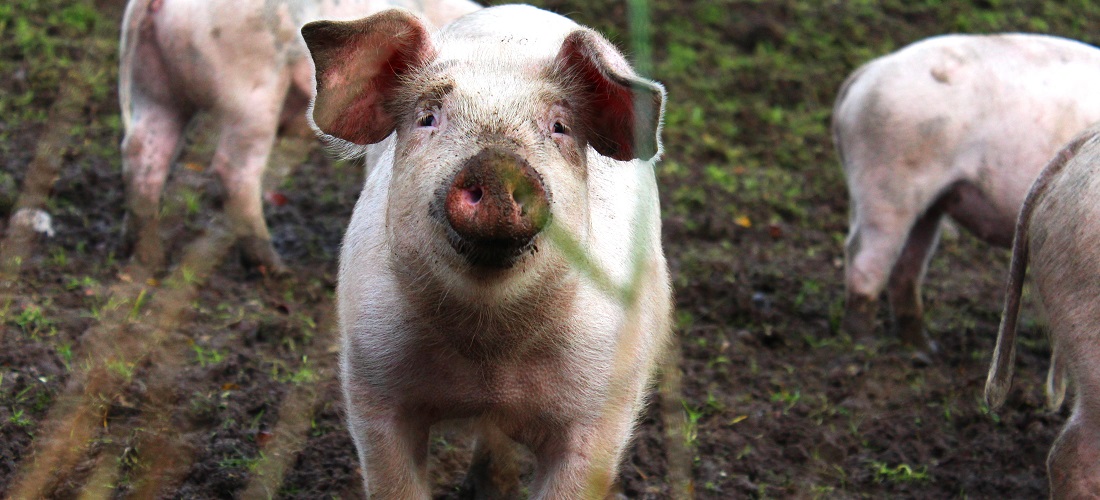
Brazil advised to diversify pork export markets to depend less on China
Nov, 10, 2020 Posted by Ruth HollardWeek 202047
According to Itaú BBA’s agribusiness consulting branch, Brazilian pork exporters need to diversify customers to reduce excessive dependence on China. In just a few years, the Asian country will resume the level of protein production they experienced in the pre-African-swine-fever period, and this will reduce the import demand. Apparently, 2021 should be the first year of advancement in Chinese production after the health crisis caused by the disease.
Since the African swine flu began to punish China’s pig herd, Brazilian exports have more than tripled. From January to September this year, sales from Brazil to the Asian country totaled 376,700 tons, 218% more than in the same period in 2018, according to the Foreign Trade Secretariat (Secex).
China, which in 2018 accounted for 25% of the pork exported by Brazil, now absorbs more than 50% of the total exports, in volume. From January to September 2020, Brazilian slaughterhouses exported 754,400 tons, with revenue of US$ 1.6 billion. Sales to the Chinese generated revenue of US$ 914 million, 55% of the total.
For Itaú BBA, the current recomposition of the pig herd in China will require Brazil to increase sales to countries like Japan and South Korea, open markets but little accessed by the country, and to Mexico, which is a large importer but is not open to Brazil. “In the event of a future without importing China, or with little dependency, the Brazilian product will need to seek advances in these other important destinations”, highlights Itaú BBA. The bank’s study shows that the Chinese State Council recently set a 95% self-sufficiency goal for pork.
Analysts also recommended caution to the country’s industries and hog producers in their investments. Itaú BBA recalled that the maturation of investments in pig production is long. In this context, an expansion of production could coincide with the resumption of the supply of meat produced in China, creating a “mismatch” with the Chinese demand for meat.
In the base scenario outlined by the bank, China’s meat production will increase again in 2021, after three years of decline – the biggest blow was in 2019 when production fell 21%. Itaú BBA expects that next year, the Chinese will produce 41.5 million tons, 9.2% more than in 2020. The Chinese should exceed the pre-swine fever level in 2025.
Source: Valor Econômico
-
Economy
Mar, 31, 2021
0
Brazilian container imports up in February
-
Ports and Terminals
Oct, 13, 2023
0
Itapoá Port Achieves Impressive Import Volume Record in September 2023
-
Grains
Feb, 10, 2020
0
Brazilian study points to high GDP per capita in commodity producing regions
-
Other Logistics
Jul, 24, 2020
0
Rumo pulls out of continuing to manage Malha Oeste

